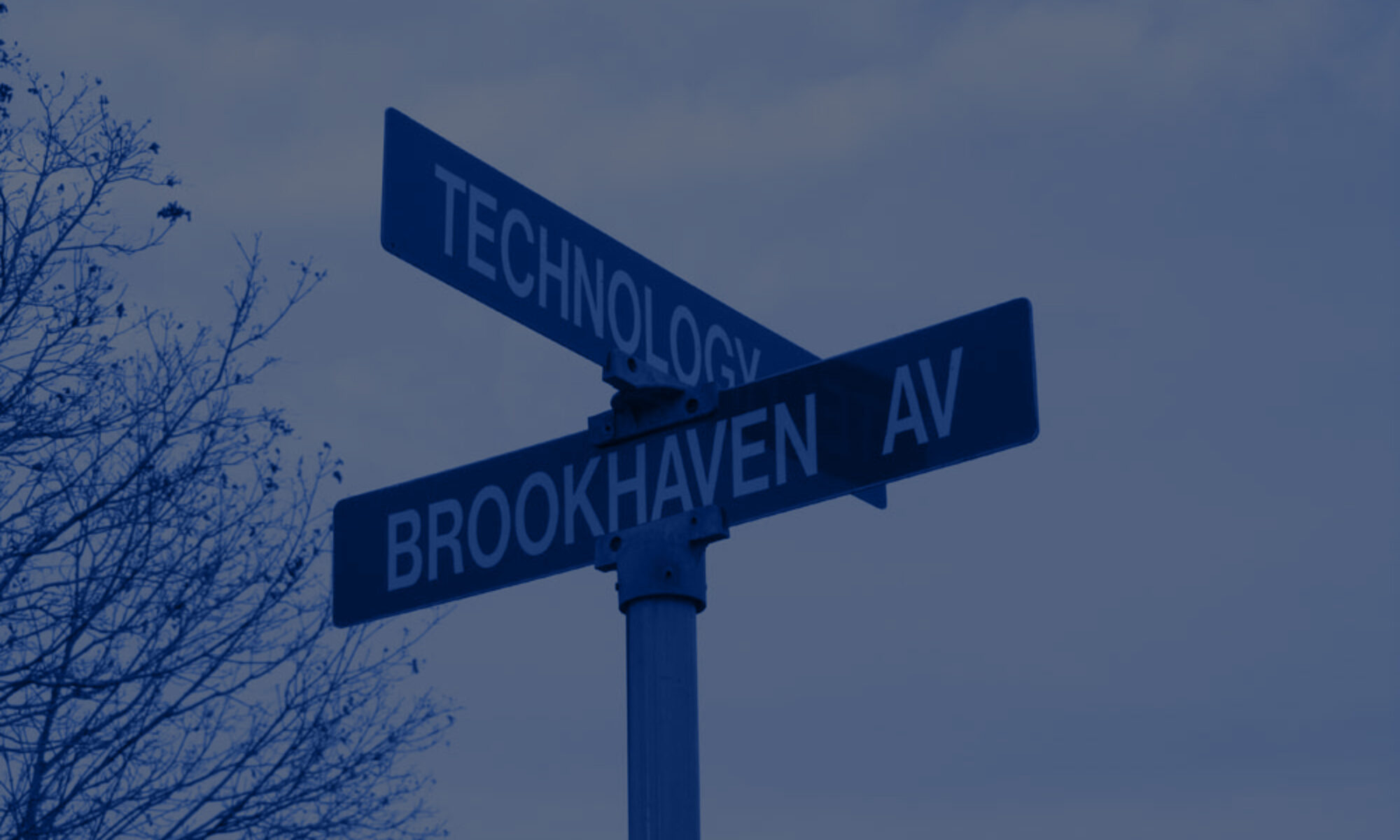This project involves micro contaminants from environmental pollutants or free radicals after brain trauma that affect plants and animal species, including humans. We have been working to test micro contaminants affecting carbohydrates or protein matrix for this project. Our laboratory has designed experiments to demonstrate chelation and transmetallation of native bio metals. This project analyzes absorbed photon flux and background standard deviation (x-ray noise) in bulk matrix possibly due to mechanical or heat shocks in mineral rich fruits. Excess absorbed photon flux from mammographic x-rays due to mechanical or heat shocks in fruits seem to be due to biometal (Fe for apple) release from native pools and are verified by increased MR signal indicative of excess paramagnetic native minerals, thus supporting X-ray detection of transition metals in live tissue models.
We explore genetics in this project. More specifically, we analyze how physical features and characteristics are passed down through generations. We concentrate on recessive and dominant inheritance. In this case, we go through the two forms of inheritance and how the parent’s genes are passed down to their children. We create matrix models that predict the genotypes of children as a function of the genotypes of the parents, and we use them to track the distribution of genotypes which is the collection of genes in a population through generations. The several traits that are passed from the mother and father to the offspring are addressed in order to determine the likelihood of acquiring that feature while it runs in the family.
Currently, the vast majority of recycling streams in the United States are discarded due to insufficient manual sorting capability. Pick-and-place robotic sorters could be a potentially revolutionary solution to this problem, using computer vision to categorize different types of objects in the stream and subsequently sort them using robotic manipulators, similar to the ones used in conventional assembly lines. This project attempts to describe mathematics that informs the decision making of a simple robotic manipulator by practically performing a simple pick-and-place operation within a controlled workspace to better understand the challenges and potential improvements to this technology.
Environmental pollutants and industrial wastes have significant impact on ecological and human health. Our research team is using magnetic resonance imaging (MRI), particularly the high degree of sensitivity of MR signal to detect the redistribution and paramagnetic states of biometals. Using both low and high fields (1.5T and 3T) we observed that exogenous metal stressors like heavy industrial waste metals and endogenous biometals in the native tissue can interact (transmetallation and chelation) to modify the paramagnetic properties locally within the samples that not only affect the sample images but also alter the image noise. This, we believe, is a novel concept of our MRI group. While the resulting MR signal change has been studied for several toxic medical agents, changes in image noise have not been explored.
Our laboratory is working with various mineral-rich phantoms prepared from fresh fruits that has metal ions that may precipitate out with heat or other stress. That can model heat effects on human tissue during climate change. This requires T2 and T2* weighted imaging that are low to high susceptibility sensitive in that order depending on mineral content of the biological tissue. This kind of T2 and T2* mapping may be useful for quality control of fruits as well as map out the heavy metal contamination of land or seabed, for example, as well as in human organ contamination or degeneration that involves biometal homeostasis. Such mapping is nothing new, but stress induced metal redistribution is the main novel concept of our current work.
Good afternoon sir, a lot of people attending school today huh? Companies like Amazon and Facebook can create, manage, and track large amounts of data using NoSQL technology. NoSQL is a non-relational database management system. Time is money, which makes “efficiency” the key to success. Amazon has thousands of users putting their information on their site every minute of every day. Best part of NoSQL technology? It’s free. My project observes the key components of NoSQL technology and compares it to the already existing SQL relational database systems. The world is growing, meaning so will the data, it’s best if we learn about NoSQL before we get left behind.
The life cycle of Tetrahymena provides the opportunity to study biological factors important for different cellular processes. Initial analysis indicated that the Tetrahymena Thermophila gene of interest, TTHERM_00259450, is highly related to human captains 1 and 7. A further analysis using protein modeling structures such as SWISS-MODEL, PHYRE2, and VMD was used to experiment with which of the two human calpains are most related to the selected gene of interest. The result shows that TTHERM_00259450 is closely similar to human calpain-7 compared to human calpain-1. Now, the questions are, why is TTHERM_00259450 most similar to human calpain-7? Stay tuned to learn most about this intriguing research.
Besides understanding how species are related to humans, have you ever thought about it from a molecular standpoint? Calpains are a family of ubiquitously expressed calcium-dependent, non-lysosomal cysteine proteases involved in apoptosis, cellular proliferation, and cell motility. Calpains are found in a few eubacteria and almost all eukaryotes but not in archaebacteria. Tetrahymena thermophila is a ciliate found in freshwater. Remarkably, these cells have two nuclei, one is the germline nucleus, and the other is the somatic nucleus. T. thermophila has been used as a model to study many cellular processes. The purpose was to characterize TTHERM_00486970, a calpain family member from T. thermophila, using bioinformatics tools such as VMD, which stands for Visual Molecular Dynamics, which utilizes the proteins for better visualization. With that, using these models helps determine the molecular relations and the ligands between the bonds of these two proteins. Further research indicated Calpain 7,10,15 is most related. This information can lead to further investigation of other eukaryotic cells having similarities.













